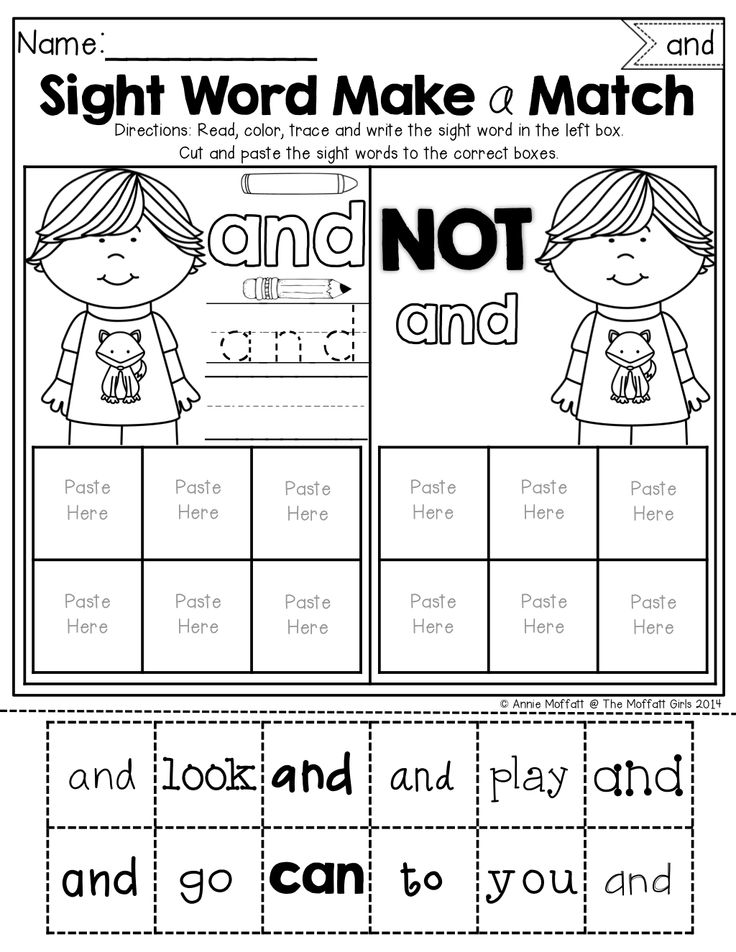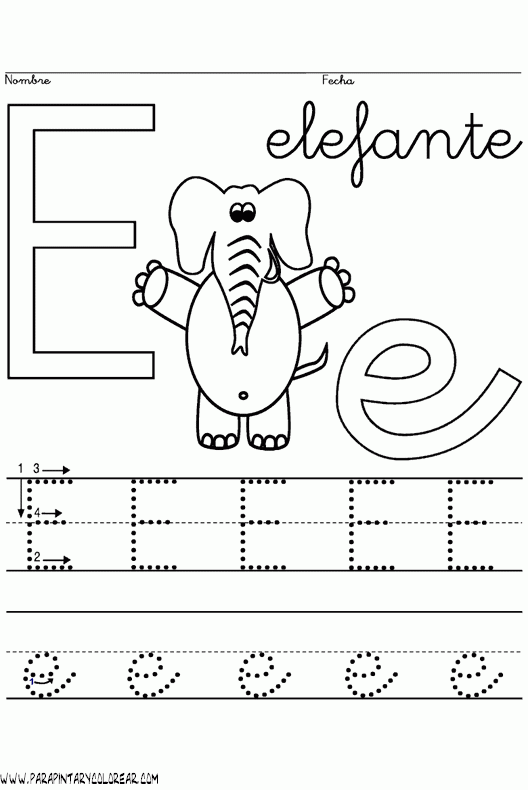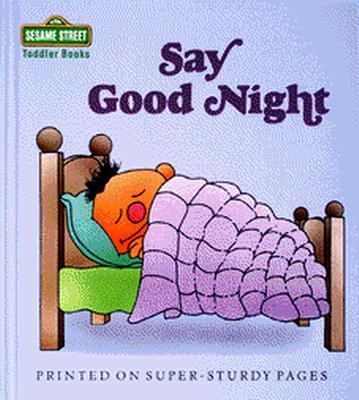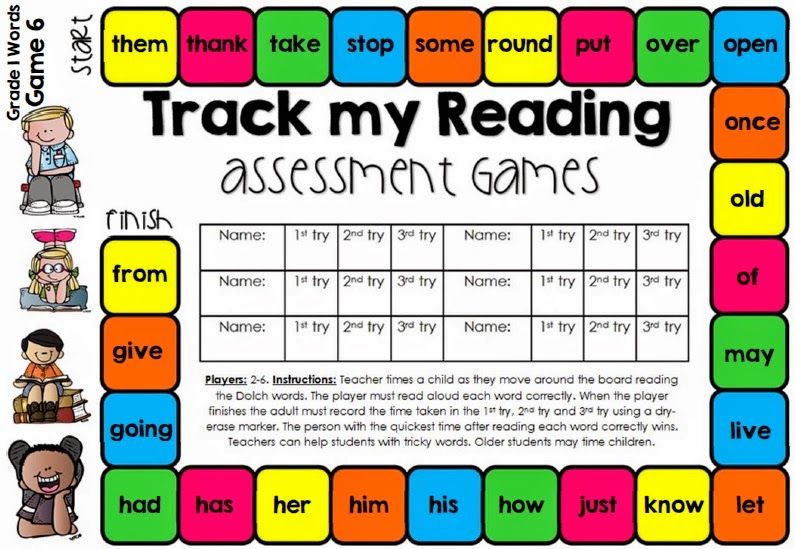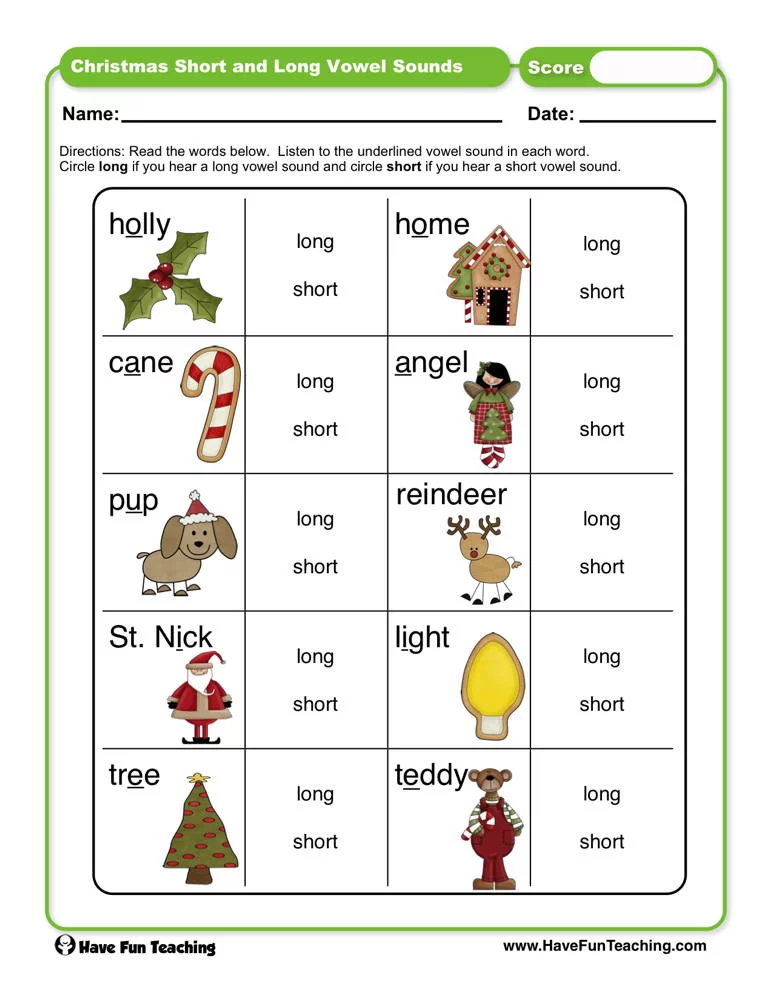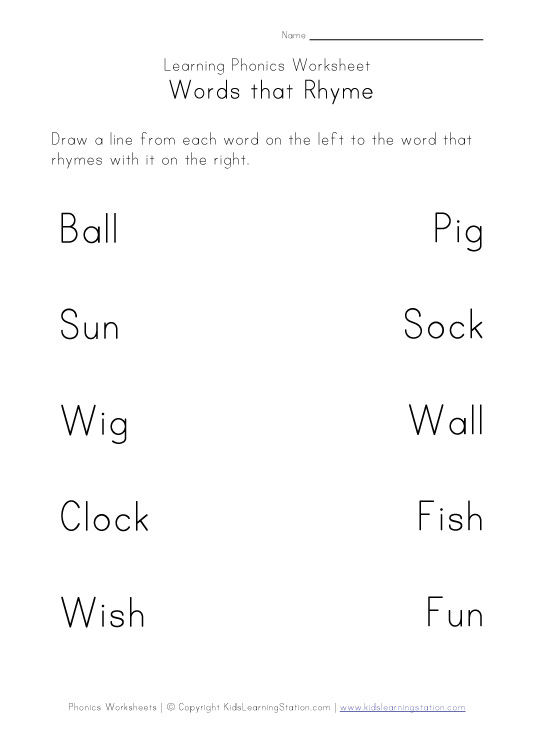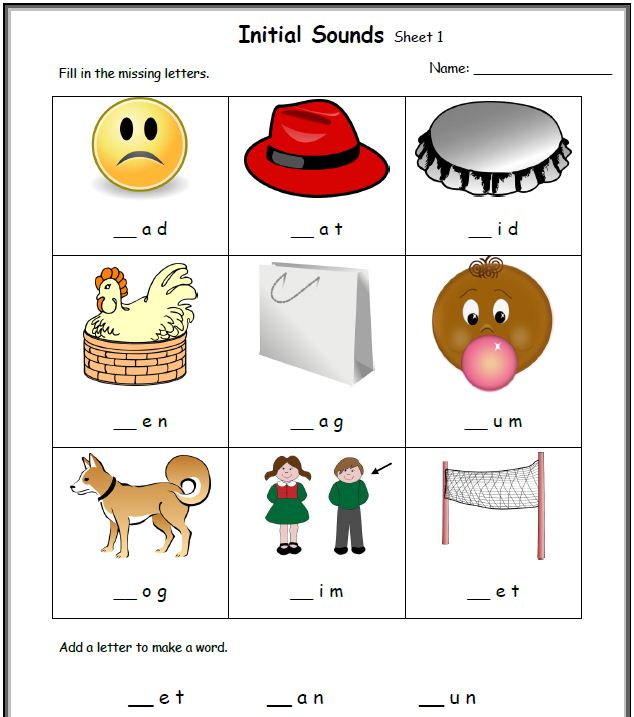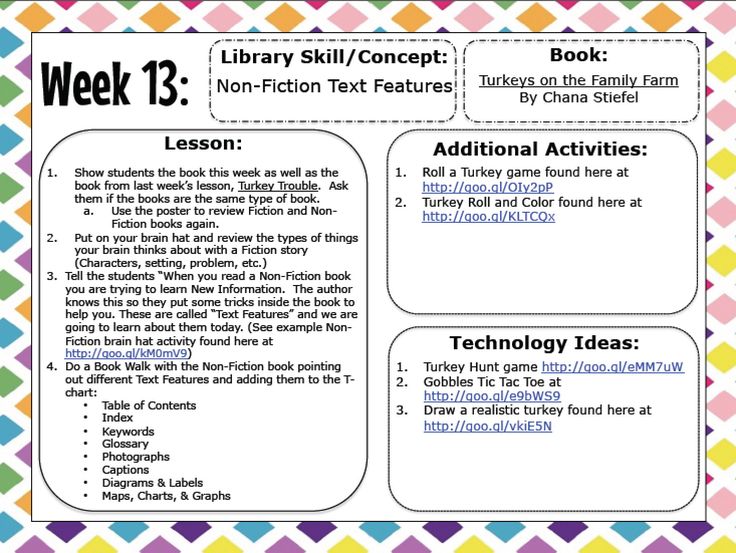Why sight words are important
What Are Sight Words and Why Are They Important?
by Courtenay M.
What Are Sight Words and Why Are They Important? Image courtesy of www.windsor.k12..mo.us
Like many families this week, your children are heading back to the classroom and coming home with a worksheet or two of homework. (Make that dozens of worksheets for your older kids!) The homework that caught my eye this week is the list of “sight words.” What are sight words? Sight words (high-frequency words, core words or even popcorn words) are the words that are used most often in reading and writing. According to Teach Stix:
In classrooms across America, the development of sight word recognition continues to be a top priority when instructing emerging and beginning readers.
They are called “sight” words because the goal is for your child to recognize these words instantly, at first sight.
Why are Sight Words Important?
Sight words are very important for your child to master because, believe it or not, “sight words account for up to 75% of the words used in beginning children’s printed material”, according to Study to Identify High-Frequency Words in Printed Materials, by D. J. Kear & M.A. Gladhart. There are different sight words for every grade level. Each set of words builds upon the other, meaning that once your child learns the sight words in Kindergarten, he will be expected to still recognize those words as he learns new words in first grade, and so forth.
Many of the over 200 “sight words” do not follow the basic phonics principles, thus they cannot be “sounded out.” Beginning readers need an effective strategy for decoding unknown words, and being familiar with sight words is an effective method. Other benefits of sight words include:
- Sight words promote confidence. Because the first 100 sight words represent over 50% of English text, a child who has mastered the list of sight words can already recognize at least half of a sentence. If your child begins to read a book and can already recognize the words, chances are he won’t feel discouraged and put the book down, rather he’ll have more confidence to read it all the way through.
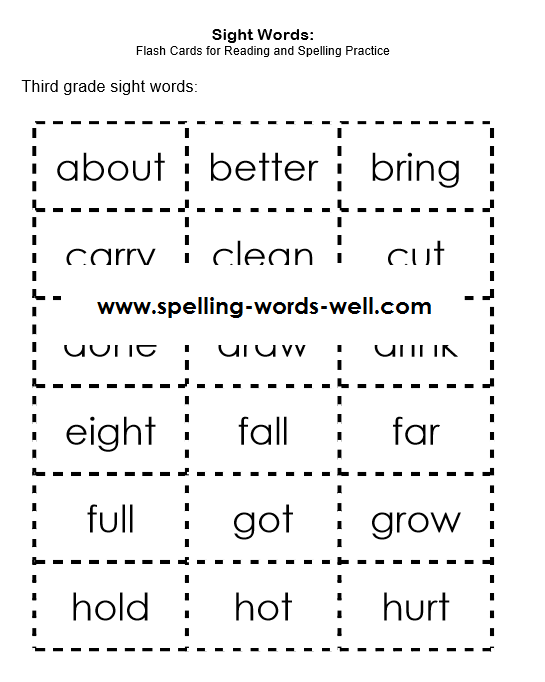 And, choose another!
And, choose another! - Sight words help promote reading comprehension. When your child opens her book for the first time, instead of trying to decipher what ALL of the words mean, she can shift her attention to focus on those words she is not familiar with. She will already know at least half of the words, so focusing on the other half helps strengthen her understanding of the text.
- Sight words provide clues to the context of the text. If your child is familiar with the sight words, she may be able to decode the meaning of the paragraph or sentence by reading the sight words. And, if a picture accompanies the text, your child may be able to determine what the story is about and come away with a few new words under her belt.
How to Practice Sight Words
You will want to become familiar with all of the sight words for each grade. Both the Dolch List of Basic Sight Words and Fry’s 300 Instant Sight Words, each of which can be downloaded from the Literacy and Information Communication System (LINCS) website. The key to mastering the list of sight words? Practice and repeat! The more opportunity your child has to become familiar with these words, the better. Of course, you’ll see sight words come home in the homework folder, or you may even be asked by the teacher to use flashcards, but there are many FUN activities and games that you can do together to help promote learning of the sight words.
The key to mastering the list of sight words? Practice and repeat! The more opportunity your child has to become familiar with these words, the better. Of course, you’ll see sight words come home in the homework folder, or you may even be asked by the teacher to use flashcards, but there are many FUN activities and games that you can do together to help promote learning of the sight words.
Educational website, Ed Helper has an extensive collection of printables and worksheets designed to help kids conquer their list of sight words. Even Pinterest has jumped aboard with creative ideas to help your child work on sight words. There is an entire Pinterest site dedicated to sight word activities for your kids! Think Skittles, snowballs, chalkboards…the choices are endless! Take a look!
Creative Ways to Conquer Sight Words. Pinned Image from teacherspayteachers.com
Sight words help your child build a foundation for reading comprehension and fluency. How about using online tools to help perfect those words? Most kids will welcome the chance to “play” online, even if it is educational.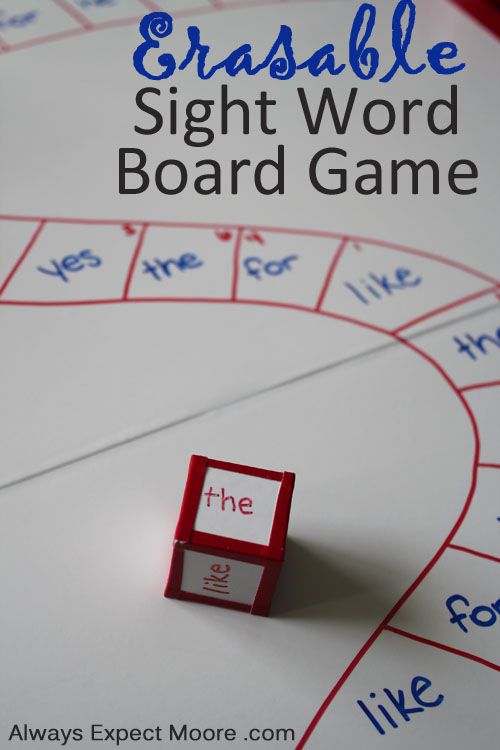 Our new Bitsboard app is a great way to target certain sounds and sight words in an engaging way. Enjoy!
Our new Bitsboard app is a great way to target certain sounds and sight words in an engaging way. Enjoy!
Language Development
Tagged: articulation therapy, beginning readers, build reading skills, communication, communication milestones, communication skills, language development, parents' corner, reading skills, SchoolSight Words 101
First let's define what sight words are. Sight words are defined by your child. His sight words are the words that he can already recognize by sight without using any specific strategies. That's not usually how the term is used, though. Just to confuse you, when you see lists of sight words what you are usually seeing are lists of high frequency words or Dolch Words. Edward William Dolch first compiled the full list and broke it down into five levels for children to learn by sight.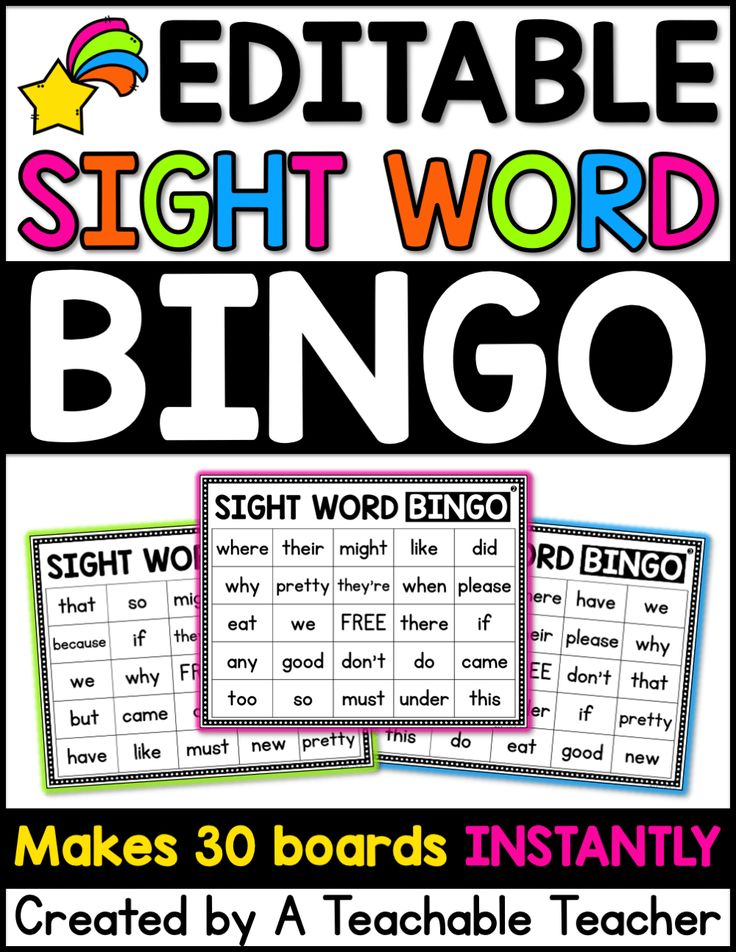 They are a list of 220 words that are used so often in print that together they make up an estimated 75% of all words used in books. Some of the words cannot be decoded using conventional strategies so memorizing them until they are known by sight is beneficial.
They are a list of 220 words that are used so often in print that together they make up an estimated 75% of all words used in books. Some of the words cannot be decoded using conventional strategies so memorizing them until they are known by sight is beneficial.
You might think that these words are so common that kids would just learn them organically through reading and other everyday print. But many of the words also defy standard phonetic conventions, meaning they are impossible to sound out. They are often also difficult to illustrate, so children can't use illustrations in picture books to make a deeper connection to these words. Can you illustrate "is" or "it?" Me neither.
On the flip side, the wonderful thing about these words being so common is that children learn them easily with repetition because they are usually words that they already have in their everyday vocabulary.
Working hard to learn these words by sight (memorizing) pays off. It allows kids to free up cognitive resources so they can focus on the tougher words that require strong decoding skills.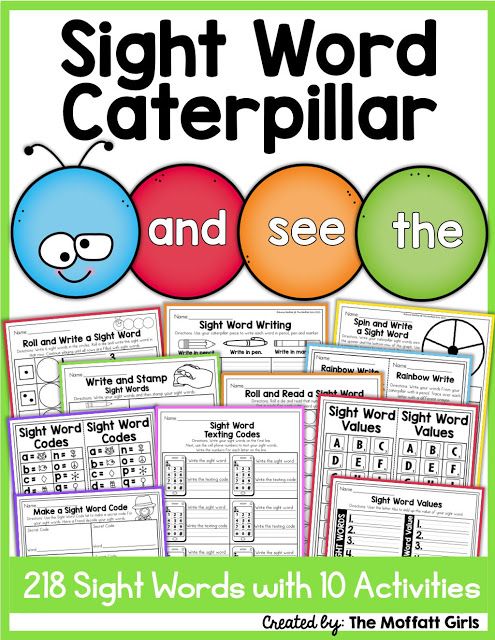 They are also able to understand the majority of the text if those decoding skills fail. There is more to why sight words are important than just simply the mechanics of reading; they are also fantastic confidence boosters. One of my educational philosophies is to build children's confidence up and then present an attainable challenge. Sight-word knowledge provides a scaffold of understanding and confidence for new readers who need to use all the other tools in their tool box to complete the job at hand: reading with understanding.
They are also able to understand the majority of the text if those decoding skills fail. There is more to why sight words are important than just simply the mechanics of reading; they are also fantastic confidence boosters. One of my educational philosophies is to build children's confidence up and then present an attainable challenge. Sight-word knowledge provides a scaffold of understanding and confidence for new readers who need to use all the other tools in their tool box to complete the job at hand: reading with understanding.
So now that we know what they are, why they are important, and what they can do, we need to figure out how parents can help.
Have fun with these words!
Of all the various reading strategies, I find working on sight words to be the easiest for parents to get involved in. If you aren't sure which words to work on with your children, you can check with their classroom teacher or find the Dolch word lists here.
Using these lists, try out some of these simple sight-word activities at home.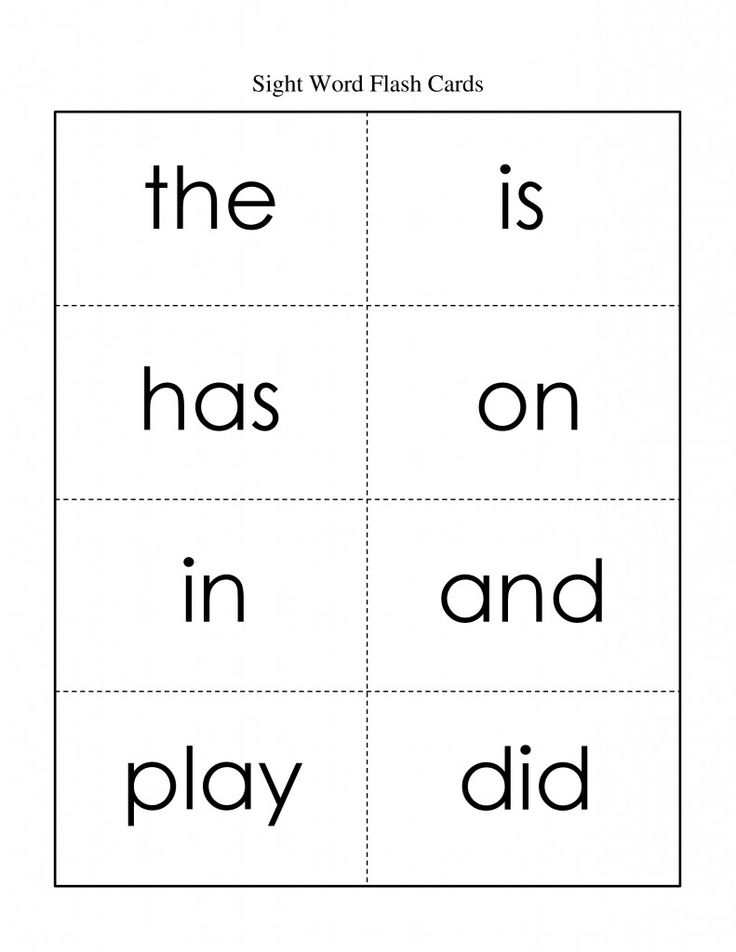
1. Sight Word Bingo
You can find many different commercial sight-word bingo games, or you can make your own. Here is a simple post from teachmama.com that shows you how.
2. Sight Word Hide & Seek
Write sight words on index cards, and hide them around the house. Set the timer and give your child two minutes to find as many sight words as he can. At the end of the two minutes, have him read the list to you. He gets one point for every correct word. Repeat, challenging him to break his own record.
3. Sight Word Memory
Using index cards, write out pairs of sight words and place them facedown on a table. Take turns flipping over the cards and reading the words. If you make a match, you keep the cards. The person with the most cards when they are all turned over wins.
4. Meal Time Word Wall
Make a word wall with a large piece of butcher paper. Start with two words, adding a new one daily. Have your child read the whole list every mealtime.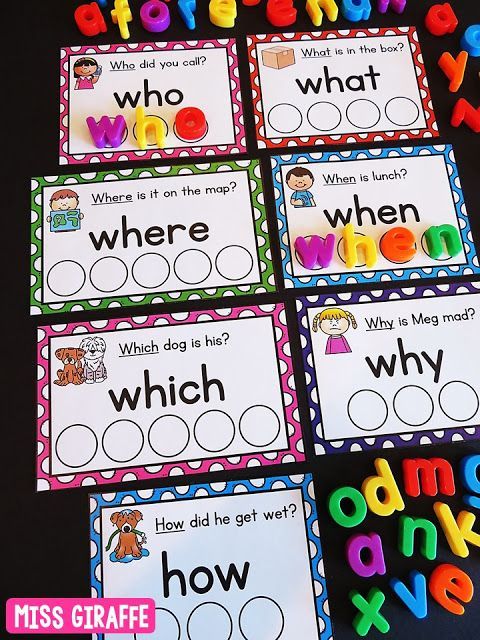 If she has trouble with the list, do not add more words until she can read them without trouble.
If she has trouble with the list, do not add more words until she can read them without trouble.
How do you work on sight words at home? Tell us about it on the Scholastic Parents Facebook page.
Sight magnification: concept and types
Back to list
Choice of scope magnification
The main feature of optical instruments is the ability to magnify observed objects. The degree of increase in the linear dimensions of the object is called the magnification of the optical sight.
Optical sights are available with two types of magnification: fixed and variable magnification.
Fixed
Such a sight is convenient to use at a given distance. Its peculiarity is that the design is shockproof, the lenses inside are fixed, and this is important for weapons with high recoil. The device has a high aperture ratio, a clear image and will cost you inexpensively.
Variable
An optical device with a variable magnification is convenient for different types of hunting at different distances. It has a lens system that allows you to increase and decrease the linear dimensions of the object / target. At the same time, different devices have different degrees of magnification.
It has a lens system that allows you to increase and decrease the linear dimensions of the object / target. At the same time, different devices have different degrees of magnification.
Dependence of the field of view on the selected magnification
When choosing a magnification, do not forget about the field of view. At minimum magnification, it is more difficult to hit the animal, but the territory is better visible, so you can easily find the object, even if it moves at high speed.
If you increase the magnification, then the details of the object are better visible, the shooting will be more accurate, but the field of view becomes smaller, so it is more difficult to predict the trajectory of the animal and its further behavior. And if he moves at high speed, then he can simply be lost sight of.
With a strong increase, the aperture becomes smaller, which is not very convenient if hunting is carried out at dusk or at night.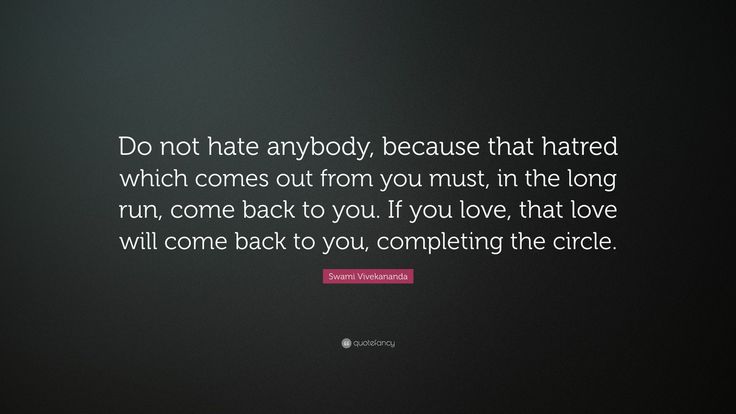 In this case, the multiplicity must be reduced.
In this case, the multiplicity must be reduced.
When choosing the magnification of the sight, it is better to use the average values that are presented in the table.
The choice of multiplicity depending on the type of hunting
For different types of hunting, a specific multiplicity is selected. It will depend on:
- object distances;
- target mobility;
- movement speed of the animal.
Driven hunting
In this case, you need to see where the object is moving, so choose a small magnification from 1x, but not more than 6x. The minimum magnification provides a wide viewing angle and convenient search for an object, while the maximum magnification provides detail. The picture at the minimum multiplicity will be something like this.
Stalking
This species involves the approach of the hunter to the animal as close as possible, so the best option would be the average multiplicity: 3-9x, 2-10x, 2-8x, etc.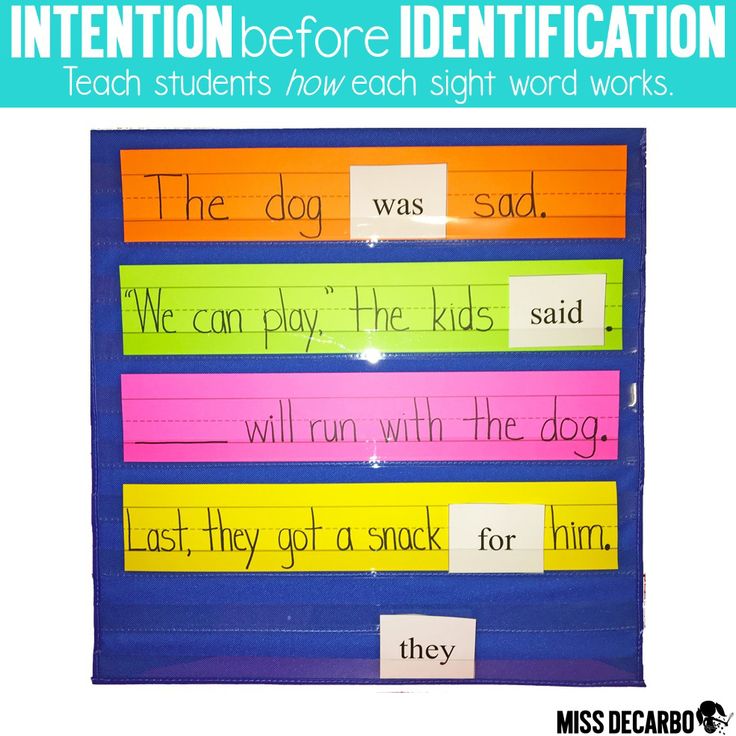 , but not more than 10x.
, but not more than 10x.
Ambush hunting
Distances for this type of hunting can be different. For example, when shooting at a target without stops from 200-300 meters, 10x-12x is recommended, while walking - from 3x to 9x.
For hunting from an ambush, sights of constant magnification are widely used.
Mountain hunting
Mountainous terrain is considered difficult to hunt, so high magnification is used here. For example, at a distance of 300-400 meters it should be from 10x and above, but such a multiplicity can be maintained using only stops, otherwise hand tremor will interfere.
Sports shooting
In sports shooting, small targets are used, located at different distances depending on the type of competition. In any case, it is recommended to use a high multiplicity.
Here, sights with a constant magnification, specially designed for sports shooting, are widely used.
For training and training shooting using tripods and bipods, you can use magnification from 3x to 9X.
Let's draw conclusions
- The magnification is related to the viewing angle: if we decrease the magnification, the field of view increases and vice versa.
- It is recommended to use a multiplicity higher than 6x only with stops, therefore, when choosing, you do not need to chase high numbers.
- Hunters should pay attention not only to the upper limit of the sight, but also to the lower one, since in many types of hunting shooting is carried out at close range.
- When the object moves, the multiplicity is set to less.
- In case of insufficient visibility, at night and in the evening, a lower magnification is set so that the sight does not lose high aperture.
Back to list
Article In the world of optical sights
Today, optical sights are improving faster than ever. Watching this, one involuntarily asks one simple question: how much does a hunter really need all this, and is there any limit in this technology race?
Today, optical sights are improving faster than ever.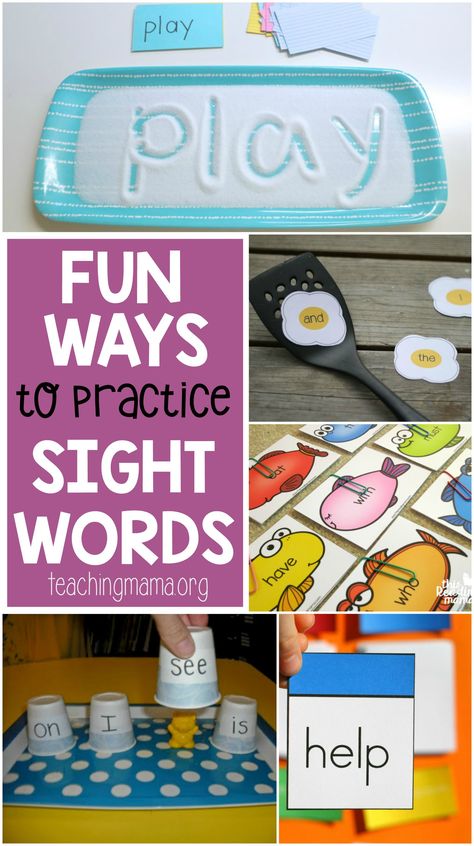 Watching this, one involuntarily asks one simple question: how much does a hunter really need all this, and is there any limit in this technology race?
Watching this, one involuntarily asks one simple question: how much does a hunter really need all this, and is there any limit in this technology race?
It's hard to believe that optical sights were once almost non-existent on hunting rifles. I don’t know about you, but I myself started hunting in the 1960s, when these devices were already quite widespread. At that time it was extremely difficult to find competent information about most of the models that came on the market, and we chose our equipment in accordance with the advice of the then leading gunsmith writers. And what did our gurus advise us? For many years, they relied exclusively on traditional open sights.
It was a long time before the first truly reliable compact optic was able to win the trust of these veterans. Is it worth mentioning that these were exclusively sights with a constant magnification? In fact, the distrust of the "variables" in those days was quite justified: their early models were not particularly mechanically strong, and also had the unpleasant feature of changing the point of impact with changing magnification.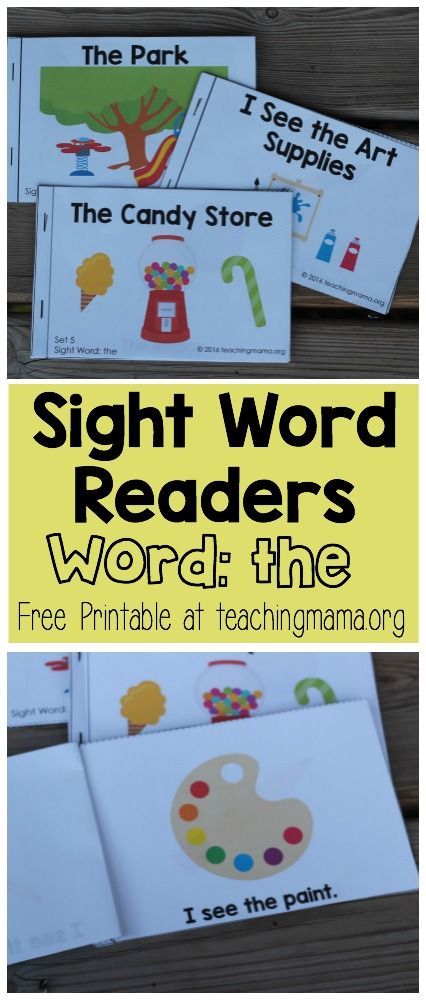 Over time, more and more new models appeared on the market, freed from these "childhood diseases", but most of the writers of the old school could not overcome their distrust of them, instilling this position in their readership. My first hunting rifle in my life was bought at 19'64 Winchester M-70, and of course I immediately mounted an UnertI scope with permanent 4x magnification. And he faithfully served me for many years until the moment when I first thought about the need for any other increase.
Over time, more and more new models appeared on the market, freed from these "childhood diseases", but most of the writers of the old school could not overcome their distrust of them, instilling this position in their readership. My first hunting rifle in my life was bought at 19'64 Winchester M-70, and of course I immediately mounted an UnertI scope with permanent 4x magnification. And he faithfully served me for many years until the moment when I first thought about the need for any other increase.
It wasn't until the late 1960s that I added the first variable magnification scope to my arsenal. It was a Redfieid 1-4X that found a place on one of my .375 rifles. And only in 1976 I became the proud owner of the first sight in my memory with a significant magnification range, another Redtield, this time 3-9X, which has become a constant companion of my Ruger M-77 in .30-06. By that time, "variables" were no longer a curiosity, becoming more and more widespread among hunters. Not only have they become much more reliable, but, no less important, the very atmosphere of distrust that previously surrounded them has disappeared.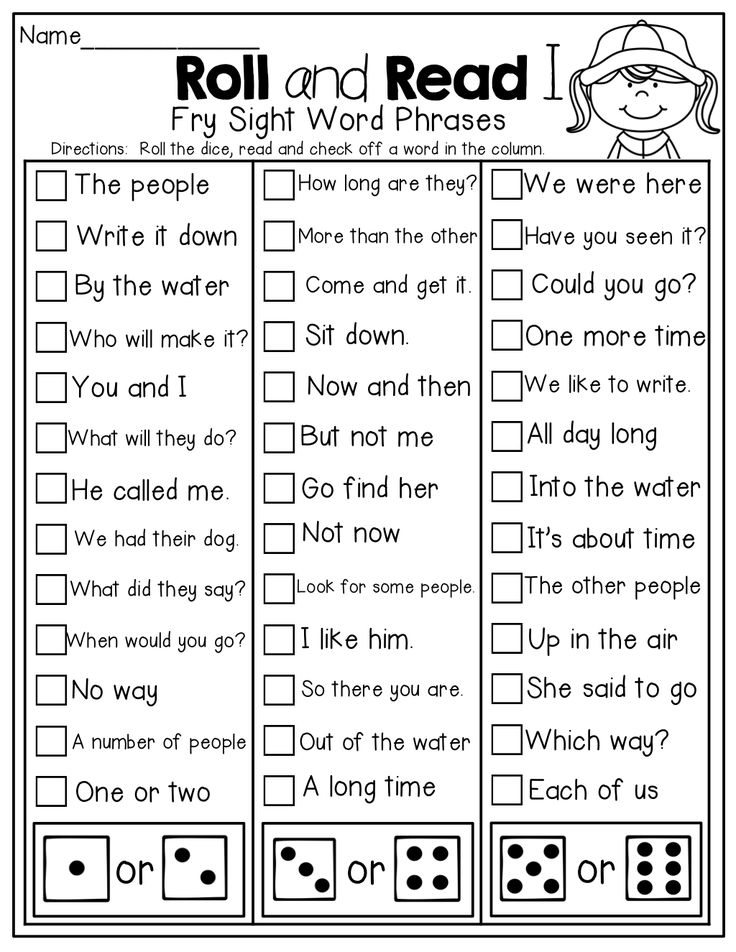 From the new opportunities that suddenly opened up before us, sometimes it was simply breathtaking. Just imagine that you have been hunting for many years with a 4x scope in any conditions, and suddenly you have a chance to use a 9x magnification at considerable distances!
From the new opportunities that suddenly opened up before us, sometimes it was simply breathtaking. Just imagine that you have been hunting for many years with a 4x scope in any conditions, and suddenly you have a chance to use a 9x magnification at considerable distances!
I recently read in an article by one of my colleagues that if the gurus of our youth lived today, they would not hesitate to turn to variable magnification scopes. How things have changed since then... Today you can find scopes with variable magnification for every taste from 1.5-4x to 4.5-14x, and fixed magnification optics have almost lost their leading positions. On my own rifles today, several sights of the 3-9X and 3.5-YuX class, a pair of 4.5-14Khiodin 2.5-8X, are installed. As a rule, on larger caliber weapons, I prefer to install optics with lower magnification, such as .5-5X and 1.5-bX. The few sights with constant magnification that have survived on my hands are reduced to the 2X on the shotgun, 4X on the .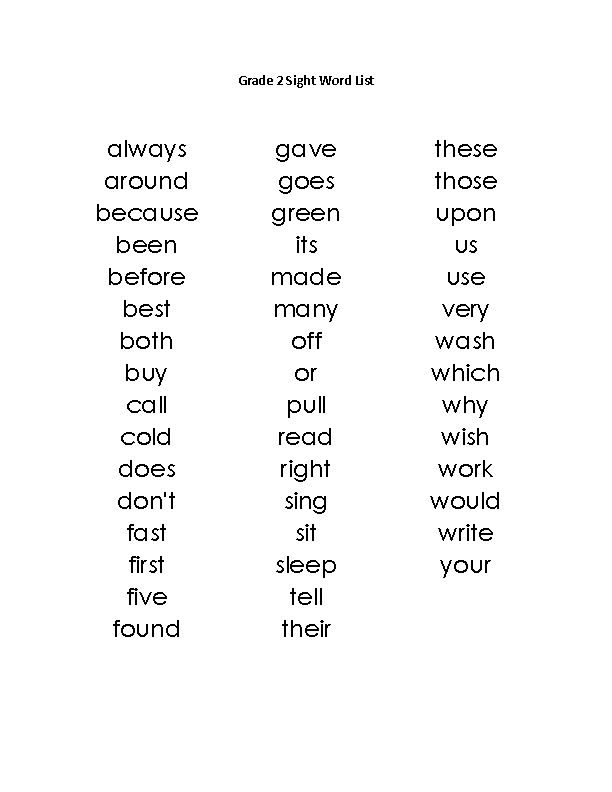 22 caliber rifle, and to the ZX, stored just in case.
22 caliber rifle, and to the ZX, stored just in case.
However, in fact, after the market acceptance of variable power scopes, the world of optics experienced another revolution, which, however, went almost unnoticed. A few years ago, most manufacturers, when asked which of the models they offer are most in demand by buyers, would point to class 3-9X sights. And while these sights still diverge quite well today, it is clear that the preferences of the shooting public have changed significantly. She's leaning more and more towards the really BIG scopes. By "Large" I don't just mean scopes with the highest magnification: hunters are looking for optics with larger lenses, larger body diameters, longer lengths, more weight...and more value! It seems to me that each of these factors deserves to be considered separately and try to understand how important they are in terms of the real needs of the hunter.
Magic letter "X"
In fact, high magnification scopes can hardly surprise anyone.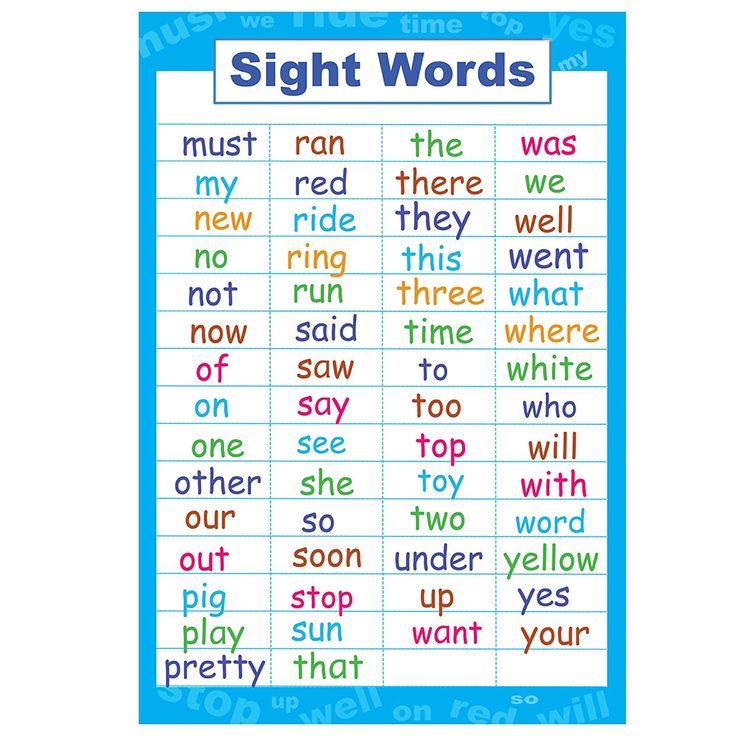 There has traditionally been a class of sights on the market with a magnification greater than that required for hunting big game, designed for shooting rodents (varmint hunting) and target shooting. Once upon a time, these sights had a constant magnification, such as 10X, 12X, etc. This was the time when the 3-9X was seen as a versatile sight, allowing both accurate shooting at long distances at stationary targets, and hunting large game with sufficient convenience. Today 3-9The X is now regarded simply as a "normal" game sight, and the title of dual-purpose sights has moved to higher magnification optics such as 6-18X, 6.5-20X, 6-24X and even higher. As a rule, such sights are installed on those rifles that are planned to be used for animal hunting at a long distance, or on specialized target weapons. And although in some cases the ability to make an accurate shot at the maximum distance can be attractive, for most big game hunters the need for a multiplicity of 20 or more times may never be encountered in a lifetime.
There has traditionally been a class of sights on the market with a magnification greater than that required for hunting big game, designed for shooting rodents (varmint hunting) and target shooting. Once upon a time, these sights had a constant magnification, such as 10X, 12X, etc. This was the time when the 3-9X was seen as a versatile sight, allowing both accurate shooting at long distances at stationary targets, and hunting large game with sufficient convenience. Today 3-9The X is now regarded simply as a "normal" game sight, and the title of dual-purpose sights has moved to higher magnification optics such as 6-18X, 6.5-20X, 6-24X and even higher. As a rule, such sights are installed on those rifles that are planned to be used for animal hunting at a long distance, or on specialized target weapons. And although in some cases the ability to make an accurate shot at the maximum distance can be attractive, for most big game hunters the need for a multiplicity of 20 or more times may never be encountered in a lifetime.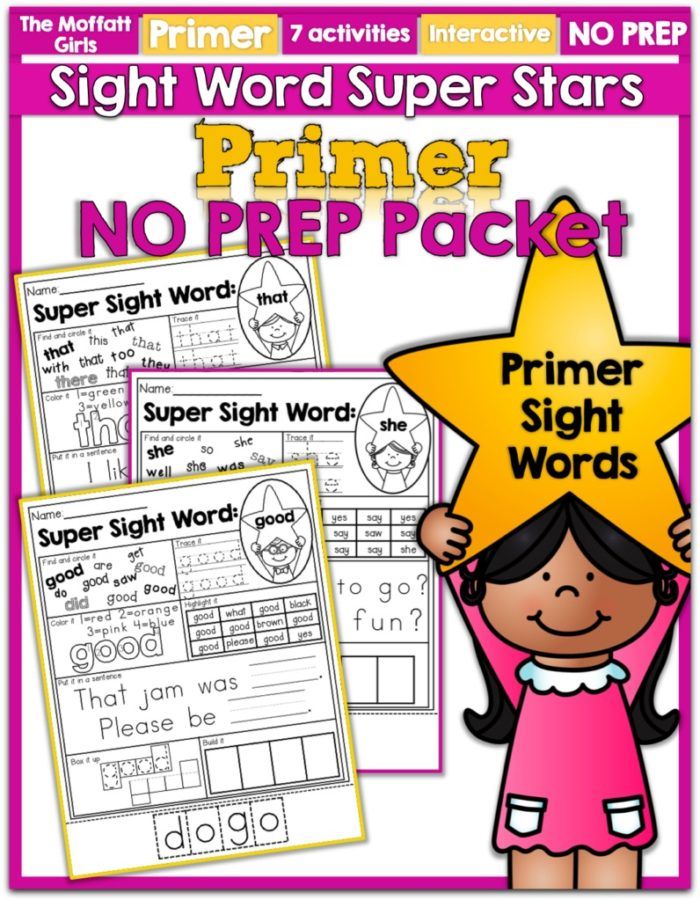 It is much more rational to use new generation universal sights in such conditions, by which I mean class optics from 3.5-10X to 5-15X, including the increasingly popular 4-12X and 4.5-14X.
It is much more rational to use new generation universal sights in such conditions, by which I mean class optics from 3.5-10X to 5-15X, including the increasingly popular 4-12X and 4.5-14X.
There really isn't that much of a difference between the traditional 3-9X and the modern 3.5-10X. At the highest magnification setting, both are strong enough to hunt even in completely open areas. And although these are not exactly suitable scopes for weapons intended for safari, at minimum magnification they provide sufficient short-range aiming speed, which you may need in case of a sudden encounter with a wounded animal. The more powerful scopes in this group, such as 4-12X, 4.5-14X, etc., which, if necessary, can be quite effective when hunting rodents at a long distance, i.e. in situations where forces 3-9X / 3.5-10X may not be enough. Although I will not argue that the groundhog at 300 meters with a 20X or 24X scope is visible better than at 12X or 14X, nevertheless, when using such a high magnification, aiming is complicated by mirage and heat waves.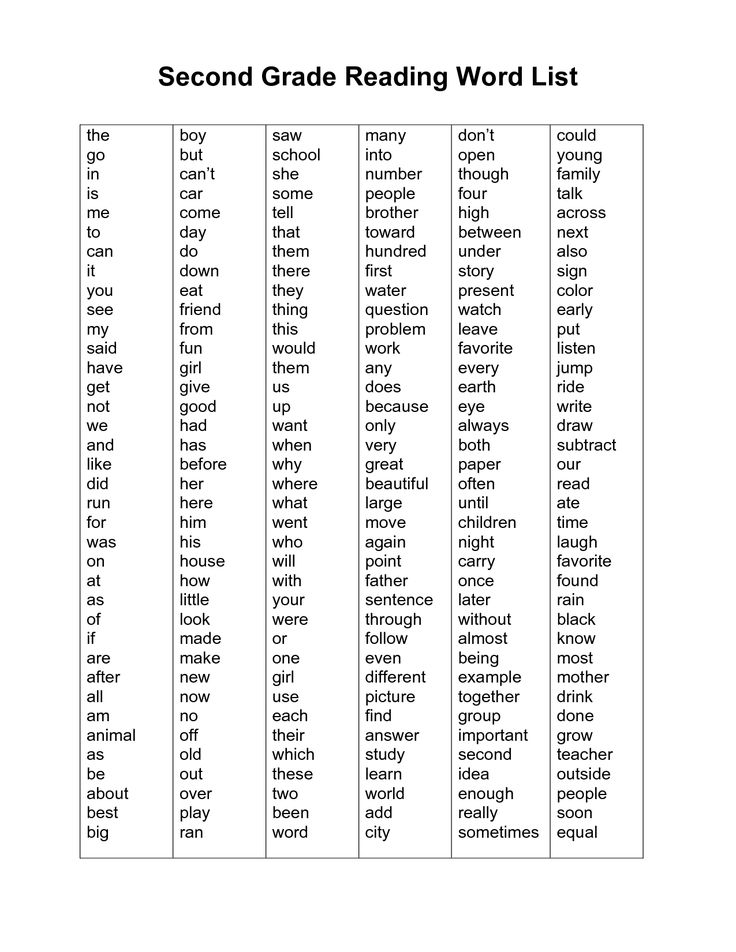 I myself, hunting rodents at similar distances even with the most powerful optics, rarely set it more than 16X or 18X. To sum it all up, if you really need a dual purpose scope, then I recommend you opt for a variable magnification optic, with a maximum magnification above 10X but less than 18X. kind 3-9X.
I myself, hunting rodents at similar distances even with the most powerful optics, rarely set it more than 16X or 18X. To sum it all up, if you really need a dual purpose scope, then I recommend you opt for a variable magnification optic, with a maximum magnification above 10X but less than 18X. kind 3-9X.
For most hunts in the forest, such sights can be an unnecessary luxury you’re just too far away from it. And although if you need to shoot across the field or at a target located on the other side of the ravine, in principle, you can set the sight to a magnification of 14X, it seems to me that there is no real need for this. Almost any shot at a large animal in such conditions can be done using a fixed 4-X, conventional 3-9X or even from an open sight -ia, of course, if you have all the necessary skills. Regardless of how big the target looks in your scope, you must know exactly the range to it, imagine the trajectory of the bullet and take into account such facts ora like the power of the wind And while powerful optics do make shooting at longer ranges easier and sometimes give you extra confidence, it alone won't save you from having to learn how to shoot as well.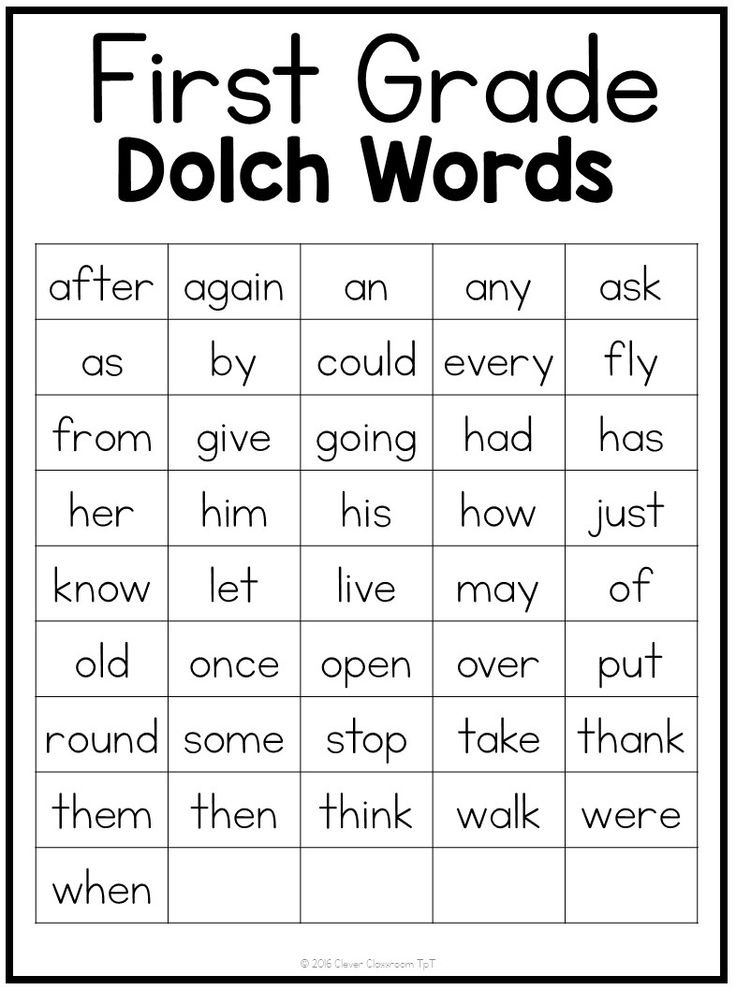
Personally, I am in no hurry to replace my 3-9X and 3.5-10X scopes with higher magnifications, although I have a pair of 4.5-14X used when hunting in open areas. However, it is important to remember that even in the most open areas, always there is still the possibility of sudden situations that require a quick short shot. Hunting in such conditions, I usually set the sight to a magnification of 6X, reducing it to the minimum possible when entering a zone of more or less dense vegetation. Generally speaking, for game hunting, the minimum possible magnification that can be It’s important to have a scope installed, it’s just as important, and sometimes even more so, than the maximum one. Personally, for such hunts, I prefer scopes with a minimum magnification of no more than 5X, and, in fact, it is at this magnification that I have them installed most of the time.
Does size matter? Until relatively recently, most American optical sights had entrance lenses with a diameter of 36 to 40 mm, depending on the magnification At the same time, European manufacturers have long gravitated towards lenses of a larger diameter, such as 50 mm or 56 mm Only about ten years ago, such optics began to gradually penetrate the US market, both as imports from the Old World, and in the form of models specially designed specifically for American hunters.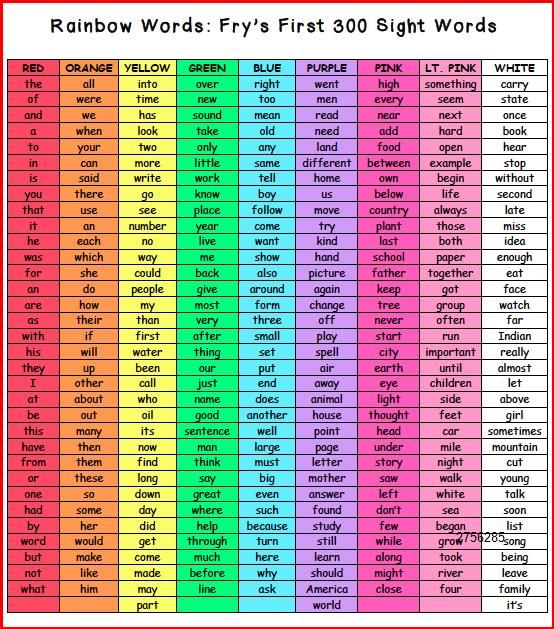
Increasing the diameter of the entrance lens allows more light to enter the scope This is especially true in Europe where there is no such thing as "time to shoot" among hunters As long as natural light, including moonlight, allow you to distinguish at least something, European hunters of red deer, roe deer or wild boar rarely leave the forest.
Large-diameter optics are currently sold in significant volumes in the US This is most likely due to the fact that hunters associate a larger lens diameter with a larger aperture. In fact, this relationship is by no means as simple as it might seem at first glance Moreover, in America, we do not need super-fast sights at all, which allow us to count the shoots on deer antlers in the moonlight. Hunting in the USA must be completed by a certain hour, as a rule, no later than 30 minutes after sunset, and it can usually be started again. not earlier than 30 minutes before sunrise. Any high-quality optics with a "normal" lens with a diameter of 36-40mm is perfect for these conditions.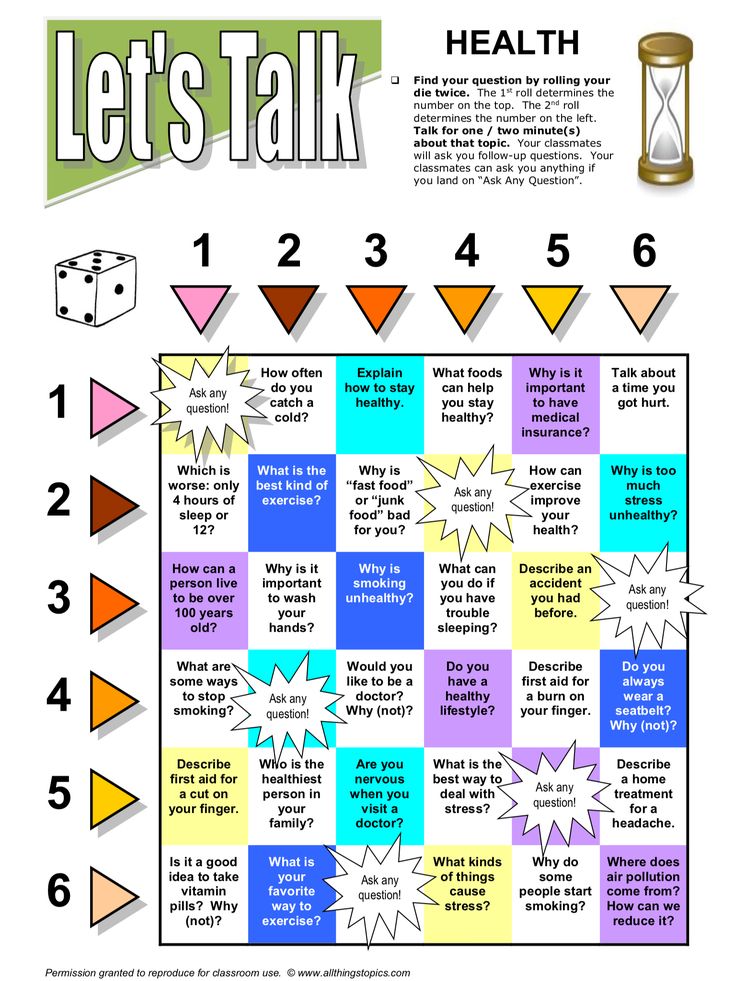
Of course, if you are hunting under dense forest cover, you may need a brighter scope than one that will be sufficient when hunting in open areas. However, lens diameter alone cannot solve this problem. Indeed, ceteris paribus, a sight with a larger diameter lens will collect more light and, accordingly, give a more enlightened picture. However, in fact, the notorious "other conditions" are rarely equal. The quality of the lenses and their coating is more important in terms of aperture ratio than their diameter. In addition, there is also a limit to how much light a scope with a body of a certain diameter can effectively dispose of. In other words, very large lenses on 1" scopes, as well as similar lenses on relatively inexpensive scopes, are driven more by manufacturers' marketing gimmicks than by the real need to increase aperture.
In addition to the fact that increasing the diameter of the lens leads to an increase in the weight and dimensions of the scope, too large a lens also forces us to change our shooting habits.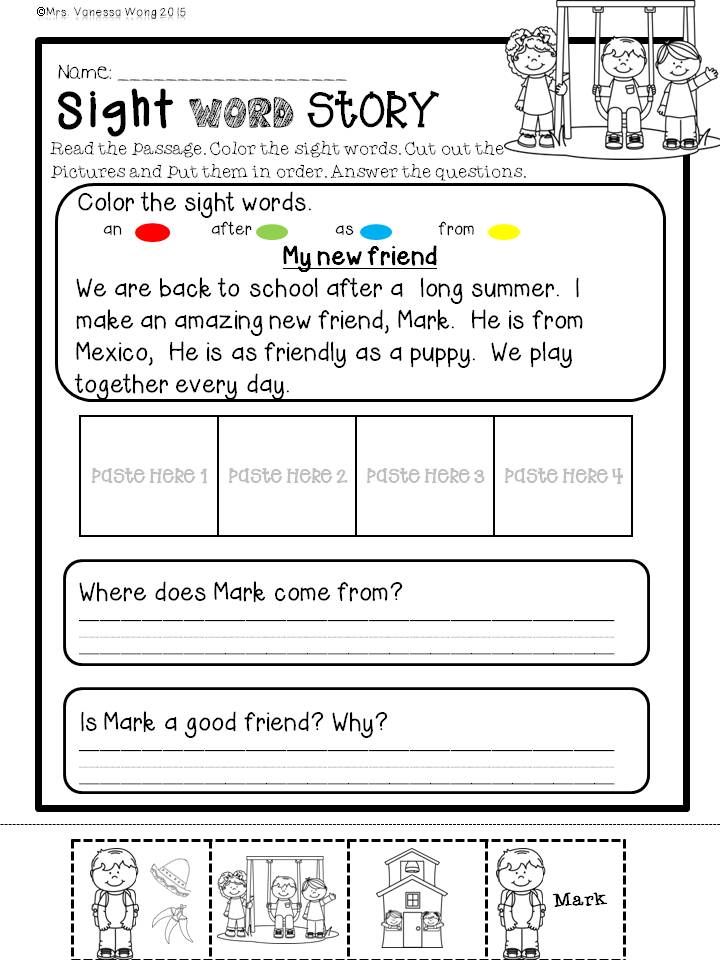 As a rule, already mounting a scope with a 50mm lens requires a higher mount than usual, and with a 56mm lens, the problem is exacerbated to an even greater extent. As a rule, most American hunters are accustomed to the shooting position, when the cheek is fixed on the butt. And, unless your rifle butt itself has a high enough cheek piece (pardon the pun), such a stance becomes unattainable for you when using optics with a larger objective lens diameter. For European shooters, this is less of a concern, as they usually learn to shoot with their heads fully up. However, in my subjective opinion, taking such a stance is a real torment, so I personally avoid those sights that force me to such mockery of myself. If you don’t think so, then thank God, but if our preferences are similar, then you and I will not find a better choice of optics than a quality riflescope with a 30mm body and a regular lens diameter.
As a rule, already mounting a scope with a 50mm lens requires a higher mount than usual, and with a 56mm lens, the problem is exacerbated to an even greater extent. As a rule, most American hunters are accustomed to the shooting position, when the cheek is fixed on the butt. And, unless your rifle butt itself has a high enough cheek piece (pardon the pun), such a stance becomes unattainable for you when using optics with a larger objective lens diameter. For European shooters, this is less of a concern, as they usually learn to shoot with their heads fully up. However, in my subjective opinion, taking such a stance is a real torment, so I personally avoid those sights that force me to such mockery of myself. If you don’t think so, then thank God, but if our preferences are similar, then you and I will not find a better choice of optics than a quality riflescope with a 30mm body and a regular lens diameter.
Scope body diameter
Increasing the diameter of the scope body has the same effect as increasing its objective lens, allowing more light to reach the shooter's eye.
For many years in America riflescopes with an inch diameter (26 mm) were considered standard, while for Europe the standard diameter was 30 mm. Neither one nor the other figure carries any magical meaning. There are American scopes in 0.75" and 0.875" barrels, and the greater prevalence of inch barrels is solely due to the fact that they let in relatively more light. In addition, their diameter fits perfectly into the US system of measures. The 30mm case, as you can imagine, is even wider and, accordingly, lets in even more light. In Europe, there are optics with even larger diameter bodies, and, as you probably already guessed, they are even faster. European sights have always made their way to the American market in certain quantities, but until recent years they were not widely distributed.
So how important is scope diameter in practice? The same rules apply here, which we have already considered in relation to the diameter of the lenses. Ceteris paribus, a scope with a larger body diameter transmits more light.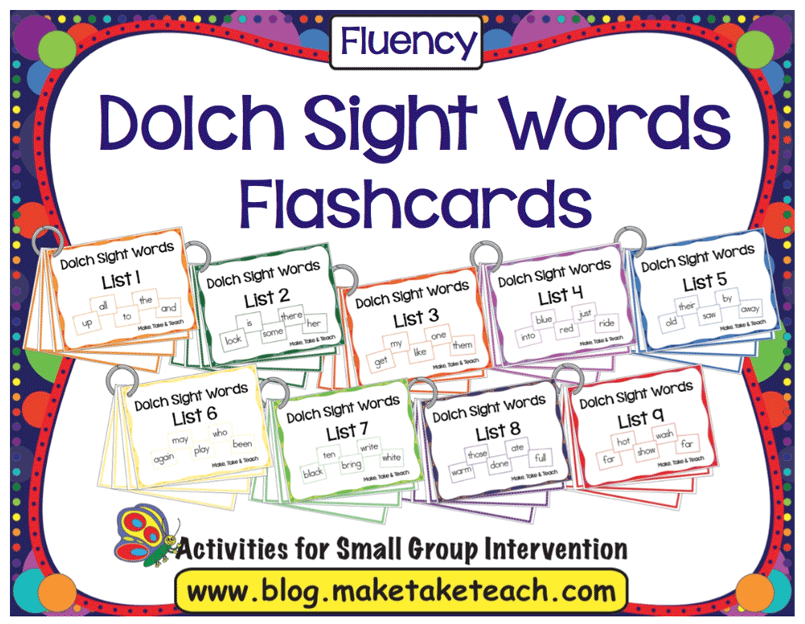 And in the same way, the complete equality of all other parameters is extremely rare in practice, and in fact the diameter of the body affects the aperture ratio much less than the quality of the lenses, their coating or the design of the sight. In some cases, the 30mm case is used simply as a means to draw the attention of the buyer to the scope, which hides the usual inch system inside. Naturally, such optics do not have any advantages in aperture ratio compared to a "normal" sight. At the same time, such a sight, just like a conventional one with a 30mm body, has a certain advantage in terms of the breadth of choice of possible internal settings for range and lateral displacement.
And in the same way, the complete equality of all other parameters is extremely rare in practice, and in fact the diameter of the body affects the aperture ratio much less than the quality of the lenses, their coating or the design of the sight. In some cases, the 30mm case is used simply as a means to draw the attention of the buyer to the scope, which hides the usual inch system inside. Naturally, such optics do not have any advantages in aperture ratio compared to a "normal" sight. At the same time, such a sight, just like a conventional one with a 30mm body, has a certain advantage in terms of the breadth of choice of possible internal settings for range and lateral displacement.
Not so long ago I used to get shaky when a manufacturer offered to give me a 30mm scope for testing. My hatred was in no way related to the magic of numbers: it was just that at that time it was almost impossible to find rings of this diameter in America. Today, this problem is no longer relevant - these rings are available on the market in abundance and fit most existing bracket systems.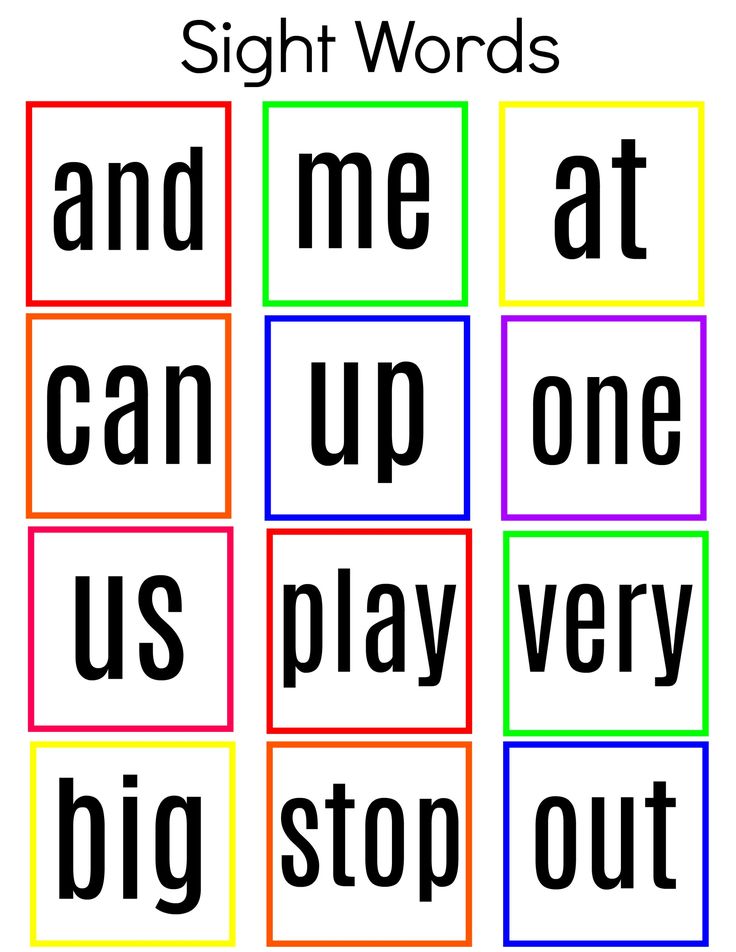 Although I never considered changing all of my inch scopes to new ones, I have to admit that a 30mm scope provides better aperture than an inch scope for the same quality of optics.
Although I never considered changing all of my inch scopes to new ones, I have to admit that a 30mm scope provides better aperture than an inch scope for the same quality of optics.
Heavyweight Riflescopes
Increased magnification, larger objective and barrel diameters - all of these design improvements lead to the fact that the scope becomes longer, or heavier, or more bulky ... or both, and another, and the third at the same time . Until relatively recently, compact sights prevailed on the market, but today we can increasingly see more or less obvious manifestations of megalomania. Don't get me wrong, I myself really appreciate optics that give me a clear, bright picture, but I don't like mounting a Hubble telescope on my rifle at all. Why? Well, if only because then I will have to carry this miracle of technology myself. It's one thing when it comes to a heavy long-range rifle for target shooting or for shooting rodents. However, everything changes if we pick up a light compact rifle for sea hunting, which is equipped with a huge scope.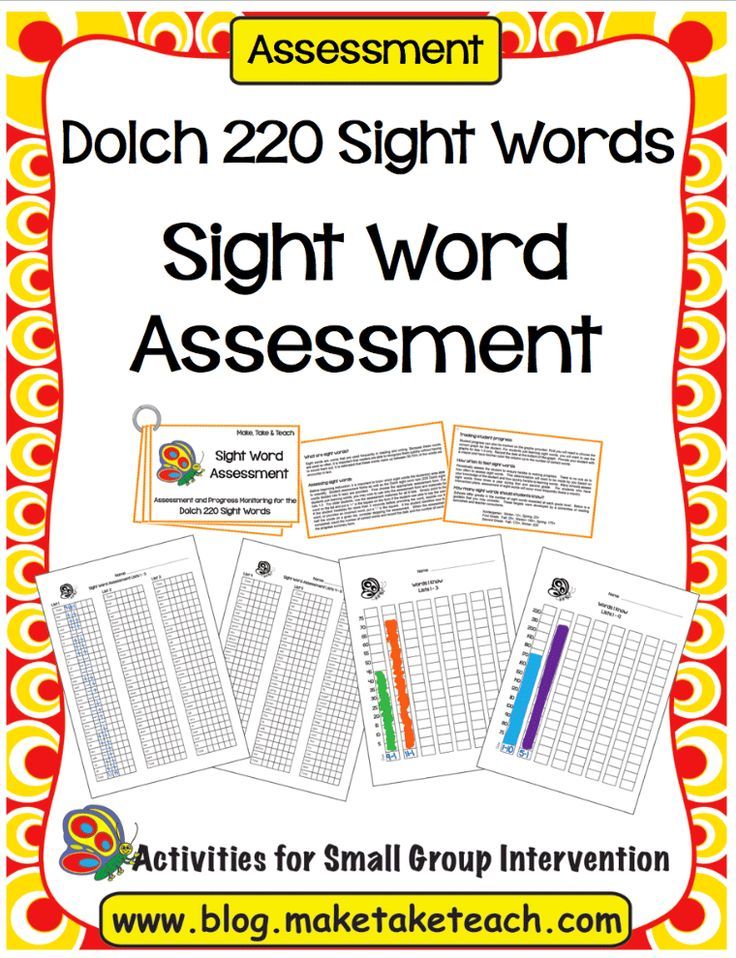 Not only should the sight itself not weigh more than a third of the weight of the weapon, too large and heavy optics also spoil the appearance of the rifle, not to mention its balance. And, as I said before, shooting with such a sight is an amateur occupation. If I have to change my stance that has developed over the years just because my new scope requires me to, then our paths are destined to part.
Not only should the sight itself not weigh more than a third of the weight of the weapon, too large and heavy optics also spoil the appearance of the rifle, not to mention its balance. And, as I said before, shooting with such a sight is an amateur occupation. If I have to change my stance that has developed over the years just because my new scope requires me to, then our paths are destined to part.
An optic that is too large (and therefore too heavy) brings with it other problems. The heavier the scope, the more durable both the scope and the mount need to be to withstand recoil. And the stronger the return, the more aggravated this problem. And just bulky sights are inconvenient to use. In order to be convinced of this, it is enough to walk with a rifle equipped with such optics through a dense forest.
Unfortunately, the increase in magnification and aperture inevitably brings with it new centimeters and grams, so in any case you have to compromise. Large luminosity can be achieved at the expense of a somewhat smaller magnification and, conversely, without a significant increase in mass and dimensions. If you definitely need both, then you will have to pay for the fulfillment of your desires not only with your wallet, but also with your own back.
If you definitely need both, then you will have to pay for the fulfillment of your desires not only with your wallet, but also with your own back.
There is a strong gravitation towards comparatively large and heavy riflescopes on the market today, and much of the new development is going in that direction. For example, Leupold LPS scopes are certainly among the best creations of the modern industry, but they are, by definition, very large and heavy. Luckily, this trend has not yet caught on, and companies such as Swarowski and Zeiss have recently introduced new models of their beautiful compact inch scopes.
What for?
Wandering through the back streets of memory is always interesting, especially considering that a person tends to remember only pleasant moments. So, I still remember those blissful times when a sight of quite acceptable quality cost about a third of the cost of an average rifle. While there are scopes on the market today in almost every price range, these days a decent scope will set you back at least as much (if not twice as much) as a good factory made rifle.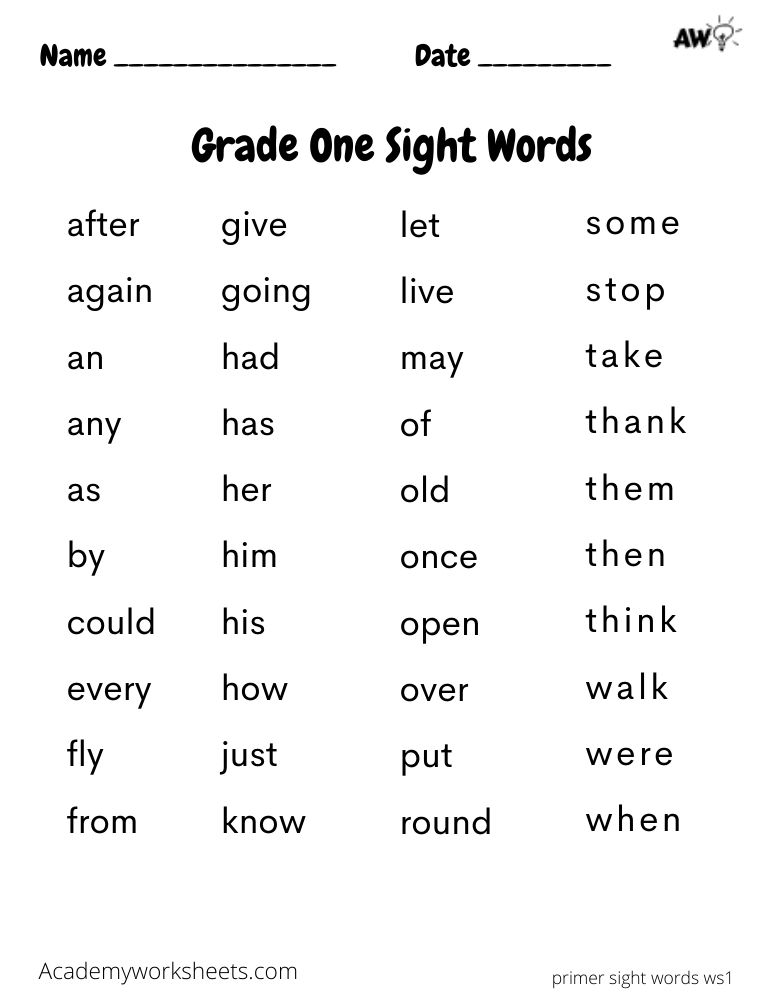 The most interesting thing is that, judging by the abundance of new models, expensive optics are sold, and they are sold quite well. (I will make a reservation that for me the line beyond which scopes become "expensive" lies at around $500). So are these scopes really worth the money they're asking for? Undoubtedly.
The most interesting thing is that, judging by the abundance of new models, expensive optics are sold, and they are sold quite well. (I will make a reservation that for me the line beyond which scopes become "expensive" lies at around $500). So are these scopes really worth the money they're asking for? Undoubtedly.
Another question is how much you personally need such a sight and whether you can afford it. In fact, when it comes to modern optics, buying it, you get exactly what you pay your money for. It seems to me that this rule applies even more unconditionally to scopes than to rifles themselves. So, today a good American factory-made bolt-action repeating rifle will cost you around $500. At the same time, a custom-made rifle by a famous craftsman will cost you somewhere between $3,500 and $20,000. And, as it happens with any other work of art, in many respects the specific value of the price of this weapon will be determined by the name of the master who put his hand to its manufacture.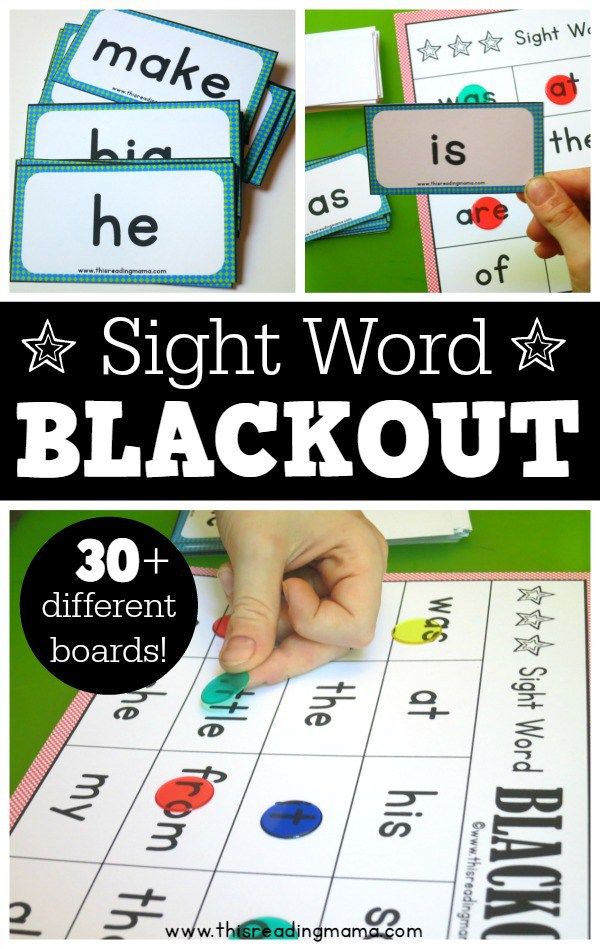 I understand this, and personally my soul does not turn over at the sight of a piece-built rifle. Yes, a custom-made first-class rifle can have slightly better action, run smoother, and in some cases even more reliably than a factory-made weapon. A completely different story with optics. You can spend $50 and $1000 on the scope. I will not deny that through a cheap scope it will be possible to see the target. However, as a rule, such models are extremely difficult to adjust, and they are not suitable for use on weapons with significant recoil. On the other hand, the differences in the picture that this scope gives out and in the picture of a scope that costs 10 or 20 times more are visible to the naked eye. It is easy to notice the different possibilities of adjustment systems: for a good sight, any click of the range setting mechanism will mean a change in the location of the point of impact by the same amount. Over time, you will also be able to see the differences in the mechanical strength of the sights and the degree of their protection from internal fogging.
I understand this, and personally my soul does not turn over at the sight of a piece-built rifle. Yes, a custom-made first-class rifle can have slightly better action, run smoother, and in some cases even more reliably than a factory-made weapon. A completely different story with optics. You can spend $50 and $1000 on the scope. I will not deny that through a cheap scope it will be possible to see the target. However, as a rule, such models are extremely difficult to adjust, and they are not suitable for use on weapons with significant recoil. On the other hand, the differences in the picture that this scope gives out and in the picture of a scope that costs 10 or 20 times more are visible to the naked eye. It is easy to notice the different possibilities of adjustment systems: for a good sight, any click of the range setting mechanism will mean a change in the location of the point of impact by the same amount. Over time, you will also be able to see the differences in the mechanical strength of the sights and the degree of their protection from internal fogging.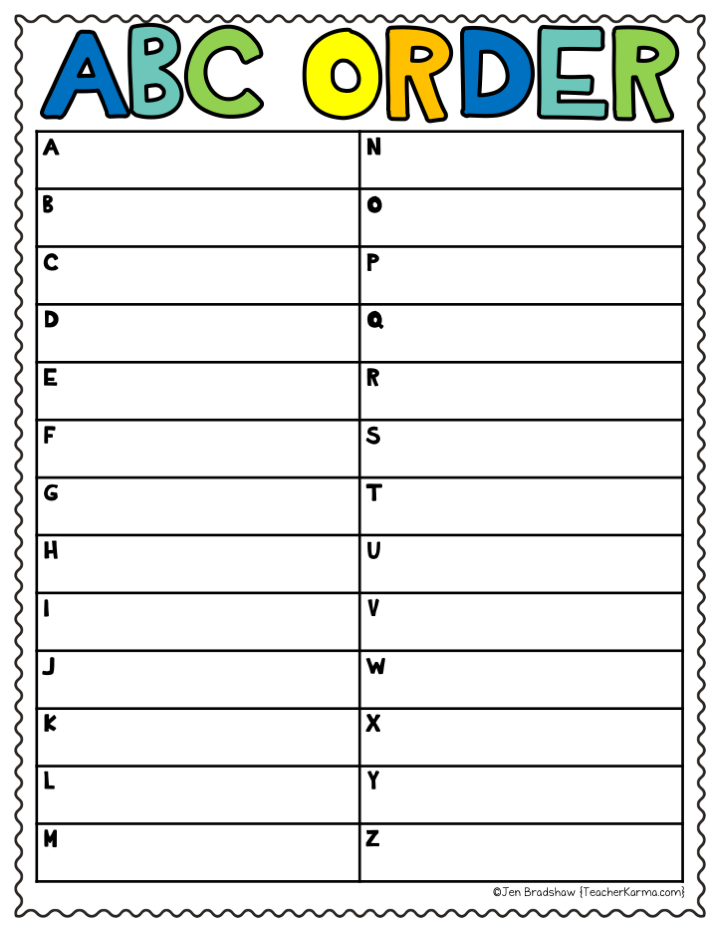 The only thing that you will not be able to appreciate with the naked eye is the quality of the processing of the lenses themselves and the quality of their coating. All this is not said at all in order to convince you of the inevitability of acquiring optics for some astronomical sum. The clarity and brightness of the picture from any ordinary sight without any "bells and whistles" from a fairly well-known manufacturer will be more than sufficient for most hunting situations. It is quite possible that its adjustment mechanism will turn out to be not quite ideal: sometimes the handwheel will, with some clicks, change the setting to a double value or, conversely, not change it at all. However, in any case, these optics must be strong and reliable enough to serve you faithfully for many years.
The only thing that you will not be able to appreciate with the naked eye is the quality of the processing of the lenses themselves and the quality of their coating. All this is not said at all in order to convince you of the inevitability of acquiring optics for some astronomical sum. The clarity and brightness of the picture from any ordinary sight without any "bells and whistles" from a fairly well-known manufacturer will be more than sufficient for most hunting situations. It is quite possible that its adjustment mechanism will turn out to be not quite ideal: sometimes the handwheel will, with some clicks, change the setting to a double value or, conversely, not change it at all. However, in any case, these optics must be strong and reliable enough to serve you faithfully for many years.
What is the result?
Purchasing an optic is actually a little different from buying the rifle itself. You must clearly articulate your requirements regarding its power and quality and have an idea of the price range acceptable to you.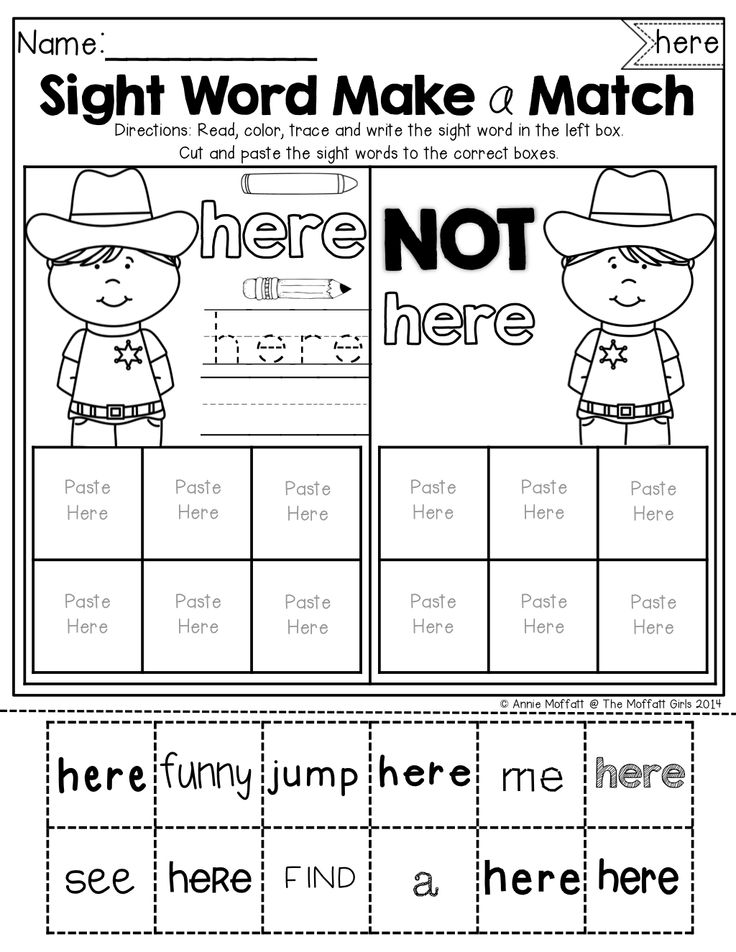 Sometimes you have to compromise. If this happens, then I recommend that you seriously consider sacrificing some of your scope power in the first place. Really, do you really need a sight with a maximum magnification of 14X or 15X? For the same money that you will be asked for a medium quality 4-12X or 4.5-14X scope, you can get a wonderful 3-9X. However, it must be remembered that overall quality in itself may not play a decisive role. If you are looking for a scope for a rifle with noticeable recoil, then first of all you need to pay attention to the fact that the distance from the scope to the eye is large enough. With many European sights, it is not large enough, perhaps precisely because Europeans often shoot with their heads fully up, when the distance to the eye can be much less than if the shooter’s cheek is pressed tightly against the butt, and the head is tilted forward. On the other hand, as we have already said, most of the modern high-end optics from the whales of the industry have a fairly significant mass and dimensions.
Sometimes you have to compromise. If this happens, then I recommend that you seriously consider sacrificing some of your scope power in the first place. Really, do you really need a sight with a maximum magnification of 14X or 15X? For the same money that you will be asked for a medium quality 4-12X or 4.5-14X scope, you can get a wonderful 3-9X. However, it must be remembered that overall quality in itself may not play a decisive role. If you are looking for a scope for a rifle with noticeable recoil, then first of all you need to pay attention to the fact that the distance from the scope to the eye is large enough. With many European sights, it is not large enough, perhaps precisely because Europeans often shoot with their heads fully up, when the distance to the eye can be much less than if the shooter’s cheek is pressed tightly against the butt, and the head is tilted forward. On the other hand, as we have already said, most of the modern high-end optics from the whales of the industry have a fairly significant mass and dimensions.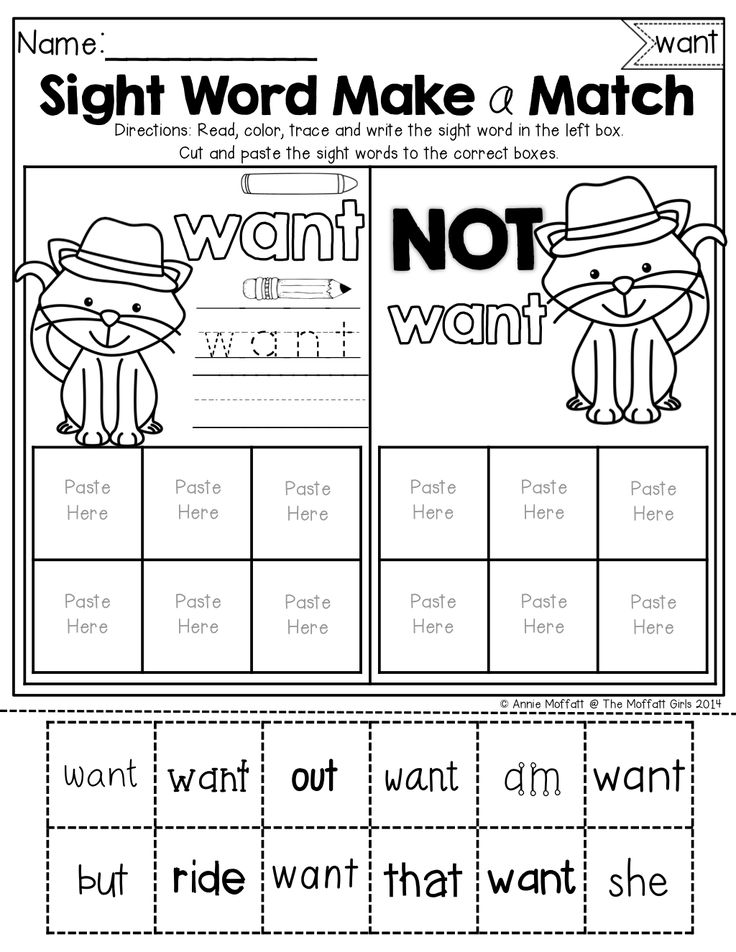 If you're looking for a scope for a light rifle designed for use in cross-country sea hunting, then you might be better off looking at light weight and compactness rather than a big name.
If you're looking for a scope for a light rifle designed for use in cross-country sea hunting, then you might be better off looking at light weight and compactness rather than a big name.
Ruggedness and reliability are now essential features of any optical sight that is positioned at least at the lower end of the average price range. This does not mean that all optics are equally perfect. I have seen both the worst and the best scopes in the world in action. Believe that both of them make mistakes. Another thing is that for a truly good optics, the probability of such an error is disproportionately small. Personally, I truly believe that whenever possible, you should strive to buy the best scope that you can find and afford. In fact, if you're on a tight budget, it may even be better to save some money by purchasing a less expensive rifle and invest in better optics. However, in any case, you must clearly understand what you want from the sight and what it should be in order for you to be able to hunt with it without any problems.